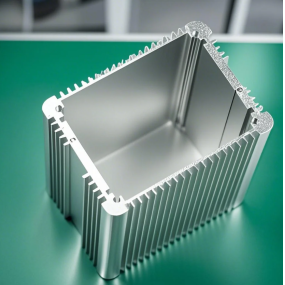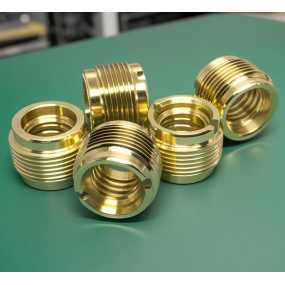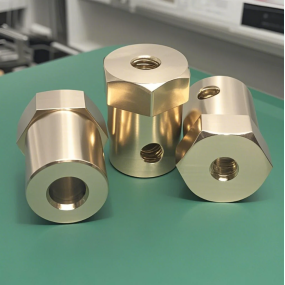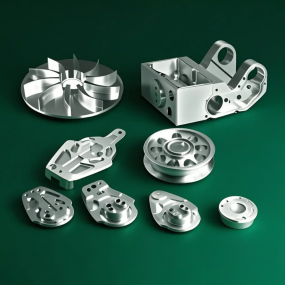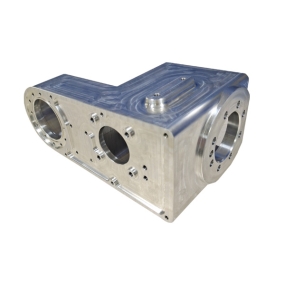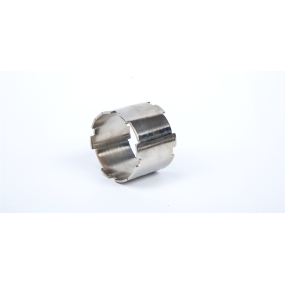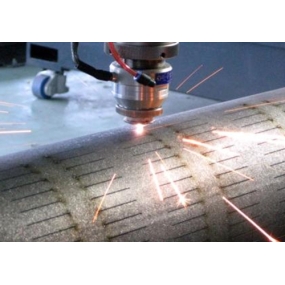Non destructive laser cutting
The development of numerical control and laser technology has made the laser cutting process for metal sheets increasingly mature, reducing cutting costs and improving efficiency. Laser cutting lines with laser cutting machines as the main machine have emerged both domestically and internationally.
The characteristics of material cutting production are large batch sizes and high surface quality requirements for the cutting parts. In terms of efficiency and quality, traditional laser cutting machines cannot meet the needs of material cutting production.
Shenyang Shengao Electromechanical Equipment Factory has developed non-destructive laser cutting technology and applied it to laser cutting lines. As shown in Figure 1, the process flow of the laser cutting line is that the metal coil is uncoiled and leveled, and then sent to the laser cutting machine. After cutting is completed, the finished products are automatically stacked and the waste is sent to the waste bin.
As shown in Table 1, comparing the characteristics of traditional stamping and four types of laser cutting, it can be seen that the belt supported and reciprocating laser cutting lines have significant comprehensive advantages. Meanwhile, compared with press machines and molds, laser cutting machines also have a price advantage, therefore, the market share of laser cutting lines is showing a significant growth trend.
The falling parts obtained by non-destructive laser cutting have no scratches or dust pollution on the surface, no slag lumps or burrs on the cutting seam, as shown in Figure 2, and can be directly used for stamping production in the next process.
The cutting seam of the falling parts is free of slag and small burrs, which not only meets the requirements of the stamping process for the falling parts, but also ensures the reliability of automatic stacking of the falling parts and the quality of the stacking. Figure 3 shows a high-quality stack of steel aluminum steel composite panel falling parts.
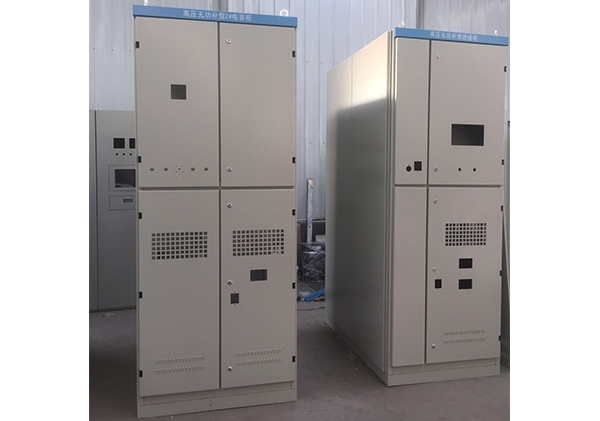
Based on mastering the core technologies of laser cutting, fully digital production lines, and related processes, Kudi Second Machine has developed multiple models of laser cutting lines. The core technologies of this production line include: dynamic optical stitching, non-destructive laser cutting, continuous variable speed feeding, process package and material utilization optimization, etc. The technical architecture is shown in Figure 4. These technologies make the laser feeding line of Kudi II machine have obvious characteristics and advantages.
The content of the article is sourced from the internet. If you have any questions, please contact me to delete it!


 Spanish
Spanish Arabic
Arabic French
French Portuguese
Portuguese Belarusian
Belarusian Japanese
Japanese Russian
Russian Malay
Malay Icelandic
Icelandic Bulgarian
Bulgarian Azerbaijani
Azerbaijani Estonian
Estonian Irish
Irish Polish
Polish Persian
Persian Boolean
Boolean Danish
Danish German
German Filipino
Filipino Finnish
Finnish Korean
Korean Dutch
Dutch Galician
Galician Catalan
Catalan Czech
Czech Croatian
Croatian Latin
Latin Latvian
Latvian Romanian
Romanian Maltese
Maltese Macedonian
Macedonian Norwegian
Norwegian Swedish
Swedish Serbian
Serbian Slovak
Slovak Slovenian
Slovenian Swahili
Swahili Thai
Thai Turkish
Turkish Welsh
Welsh Urdu
Urdu Ukrainian
Ukrainian Greek
Greek Hungarian
Hungarian Italian
Italian Yiddish
Yiddish Indonesian
Indonesian Vietnamese
Vietnamese Haitian Creole
Haitian Creole Spanish Basque
Spanish Basque

